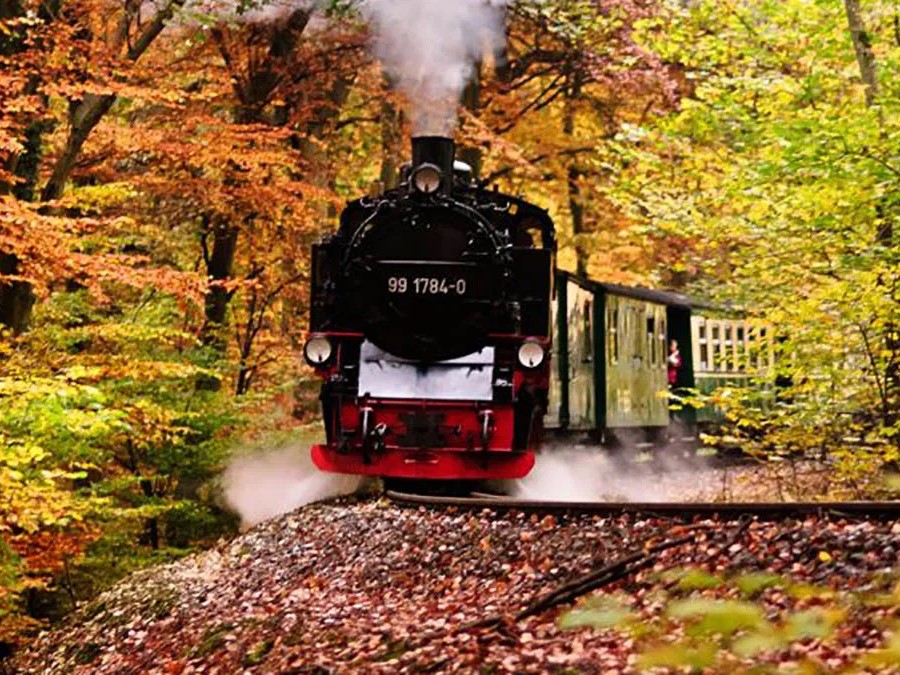
 We the Italians Editorial Staff
We the Italians Editorial Staff
Italian territories: Exploring the Sila, a natural and cultural gem of southern Italy
- WTI Magazine #183 Jan 11, 2025
-

 We the Italians Editorial Staff
We the Italians Editorial Staff
The Sila is a mountain range located in Calabria, in the southern part of Italy, and is part of the broader Apennine mountain chain. This mountainous area spans across the provinces of Cosenza, Catanzaro, and Crotone.
The Sila is divided into three main sectors: Sila Greca, Sila Grande, and Sila Piccola. These areas are known for their natural beauty, diverse ecosystems, and historical significance.
The Sila is characterized by its vast forests, lakes, and mountain peaks, with elevations that reach up to 2,000 meters above sea level. The highest peak in the range is Mount Botte Donato, which rises to 1,928 meters. The Sila region is a mix of rugged terrain and serene valleys, making it a popular destination for tourists seeking both adventure and relaxation. The area is largely covered by dense woods of conifers and beech trees, which create a rich natural habitat.
Several significant rivers originate in the Sila mountains, including the Crati, Neto, and the Arvo River. These waterways provide the region with essential water resources and contribute to the area's agriculture, which is centered around crops such as olives, grapes, and vegetables. The lakes of the Sila, such as Lake Arvo, Lake Cecita, and Lake Ampollino, are also important features of the landscape and attract visitors with their scenic views and recreational opportunities.
The Sila's forests are rich in biodiversity, and the region is home to a variety of plant and animal species. The forests contain species such as the Calabrian pine, which is native to this region, as well as other types of conifers, broadleaf trees, and shrubs. In terms of fauna, the area supports a variety of mammals, including wild boars, deer, and foxes. It is also a habitat for various birds, such as eagles, hawks, and owls, as well as many species of reptiles and amphibians.
The Sila is recognized as an important ecological area, with several protected zones, including the Sila National Park, which spans much of the range. This park plays a crucial role in preserving the unique biodiversity of the region and promoting sustainable tourism.
The climate of the Sila is characterized by cold winters with abundant snowfall, particularly in the higher altitudes. This makes the region a popular destination for winter sports, such as skiing and snowboarding. The lower areas of the Sila experience milder winters and warm summers, with temperatures that can reach quite high levels, especially in the valleys.
The history of the Sila region is rich and diverse, with evidence of human habitation dating back to prehistoric times. The area has been inhabited by various peoples, including the ancient Greeks and Romans, and later by medieval communities. The name "Sila" itself is believed to derive from the ancient Greek word "syla," meaning "wood" or "forest," which reflects the region's dense forested landscapes.
Throughout history, the Sila has been a significant area for agriculture and pastoralism, with its fertile valleys providing resources for local communities. The region's economy traditionally relied on agriculture, forestry, and the production of goods like wool, cheese, and other food products. Today, the Sila is still an important agricultural area, but tourism has become a major economic activity as well.
Culturally, the Sila has been a source of inspiration for literature, music, and art. The natural beauty of the region has attracted poets and artists, and the local traditions and folklore continue to be an integral part of the Calabrian identity. There are also various festivals and events held throughout the year, celebrating local culture, food, and heritage.
Tourism in the Sila has grown significantly over recent years, thanks to its natural beauty, outdoor activities, and rich history. Visitors come to the Sila to enjoy hiking, skiing, and exploring the many charming towns and villages scattered across the mountain range. The Sila National Park offers hiking trails, nature reserves, and opportunities for wildlife watching, making it a popular spot for eco-tourism.
Winter sports enthusiasts are drawn to the Sila's ski resorts, which offer well-maintained slopes and modern facilities. The region is particularly famous for its ski resorts in areas like Lorica and Camigliatello Silano. These areas are equipped with ski lifts, snowboarding areas, and après-ski activities.
In addition to outdoor activities, the Sila region is known for its traditional cuisine, which includes local specialties such as cured meats, cheeses, and olive oil. Visitors can enjoy these foods at local agriturismi (farmhouses), which offer a more authentic and intimate experience of Calabrian hospitality.
Given the ecological importance of the Sila, there have been numerous efforts to preserve its unique environment. The Sila National Park, established in 2002, is a key part of these efforts, focusing on protecting the natural habitats, promoting sustainable development, and raising awareness about the importance of conservation.
Conservation initiatives also focus on preventing deforestation, combating land degradation, and ensuring that the biodiversity of the region is maintained for future generations. These efforts are supported by both local communities and governmental organizations, which work together to balance the needs of tourism and development with the need for environmental protection.
The Sila mountain range is a jewel of Calabria, offering breathtaking landscapes, diverse ecosystems, and a rich cultural heritage. Whether you are an outdoor enthusiast, a nature lover, or someone interested in exploring the traditions of southern Italy, the Sila has something to offer. Its combination of natural beauty, historical significance, and vibrant local culture makes it a unique destination in the heart of Italy.